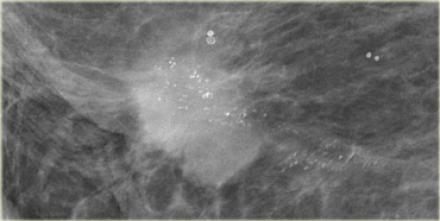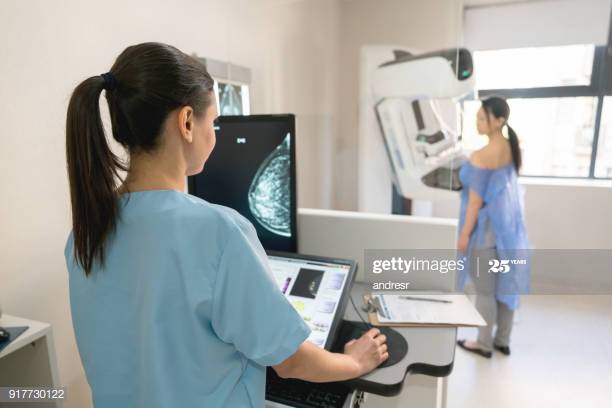Breast Health In The Time Of COVID: Volume 1
If you are like me, you may be spending hours a day catching up on what new information there is about the pandemic. With the “stay at home” directives, it is hard to get yourself up and out to do any exercise, and I’ve heard reference to the “COVID-19 pounds” we may gain before it’s all over.
I might suggest that some of your down time be devoted to keep yourself healthy, whether it be physical exercise, or reading up on how to stay healthy. In that vein I’d like to share some information regarding breast health, which I hope you will find beneficial.
I’m going to touch on several topics over several installments.
Mammograms

Firstly, a few definitions are in order. There are two categories of mammograms, screening, and diagnostic. A screening mammogram is done in order to look for any X-ray evidence of cancer, even though there are absolutely no symptoms related to the breast. A diagnostic mammogram is to obtain additional information regarding a symptom, such as a new lump, or discharge from the nipple, or pain, or to do a more focused evaluation of any abnormality seen on a screening mammogram. If you have any such symptoms, then you should have a breast evaluation that should include a physical examination of your breasts, and this exam will be supplemented with a diagnostic study.
So why are these different? If there is a breast symptom, the mammogram will be customized to focus specifically on the symptom. This may include views that are magnified, or taken in different directions. A 3D mammogram may be recommended, or possibly an ultrasound or MRI. The studies are intended to establish the correct diagnosis for the symptom, whether it be cancer or some benign condition.

So in the midst of this pandemic, when no screening mammograms are being done, what are the current recommendations? Understand that, if you are having some concerning symptoms regarding your health, whether it’s related to your breasts, or your heart, intestines, or whatever, DO NOT DELAY in discussing your symptoms with your doctor. If you have a new breast lump, or nipple discharge, this should be evaluated promptly. Mammography facilities should be able to schedule diagnostic studies, even though screening mammograms are being postponed. And a mammogram might not even be necessary right away, depending on what your specific problem is, and how long it’s been since your last screening mammogram.
Now, if your screening mammogram is postponed, I would suggest that you not fret. Experts disagree on the appropriate interval between screenings. I don’t know of anyone recommending any interval shorter than one year, and some experts recommend either delaying the initiation of screening until age 50, and/or only doing them every two years. There’s nothing magical about doing it every 12 months or every 24 months, but those are convenient intervals to remember, and any studies published about this virtually always have used a nice round number of 1 year or 2 years. So if it happens to be, 15 months, or 18 months, since your last screening, don’t be too concerned.

In my next installment we will discuss how your diet can affect your breasts, for better or worse. This information is even more important, given the disruption this pandemic has had on our routines and our diets.


